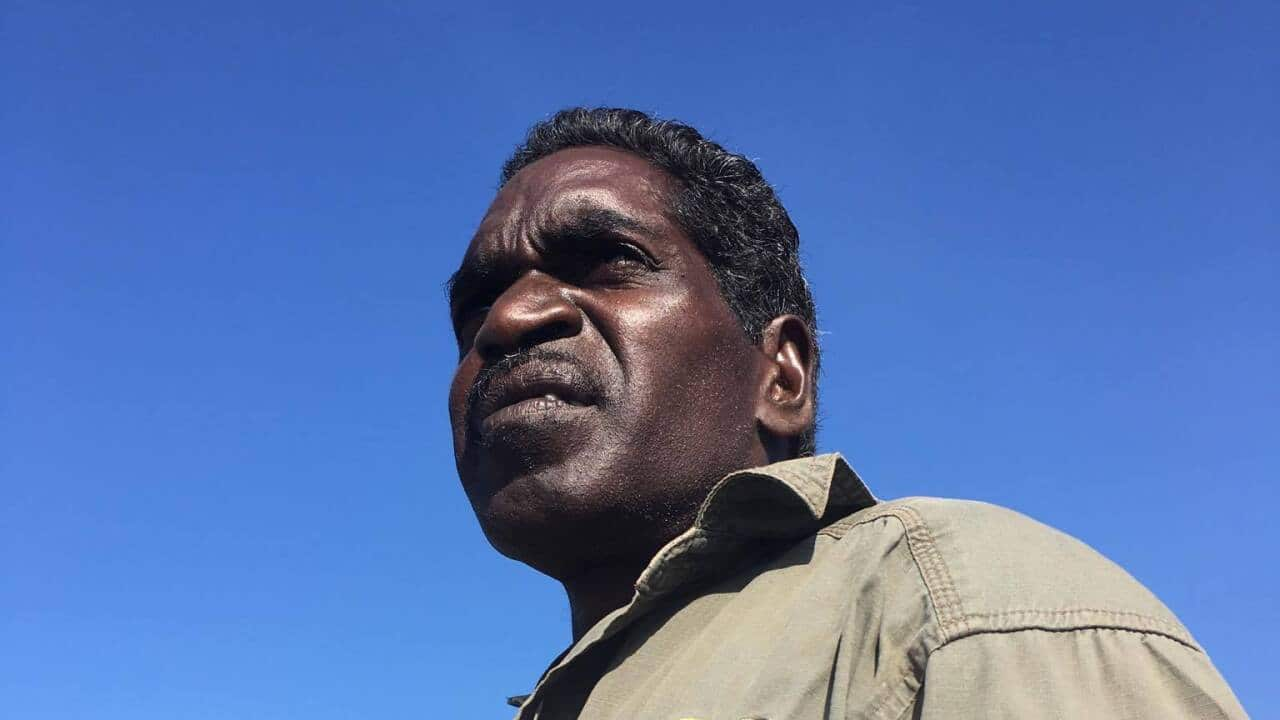A dozen Year 7 female students are the newest batch to have learned how to harness solar power, thanks to a three-week program that taught the would-be engineers how to spark up their phones.
For two hours a week, mathematics professionals and engineers taught the young girls in the regional town of Burnbury how to research information, design and create prototypes, as well as how to also pitch ideas and products at a workshop called ‘Solar Charge it’.
The skills learned are not just beneficial to the local community, located south of Perth, but also enhance the education of some of most disadvantaged students.
“Research shows there’s a big gap between women in stem careers, but there’s an even bigger gap for Aboriginal girls in STEM, so not only are we bridging the gap for women, but Aboriginal and Torres Strait Islander women,” the school's Head of Maths, Ashley Stewart, who ran the project, told NITV News.
Out of the school's 800 students, 19 per cent are Indigenous.
“Learning maths in a practical way makes them value their education."
Ms Stewart says this hands-on learning strategy takes theoretical scenarios and turns it into something more practical, where the ladies can see a way forward with their studies, careers and life choices.
“Learning maths in a practical way makes them value their education because there’s a tangible end to it. They can see a future for it and see the purpose of it as a potential career, as opposed to just a maths equation.” Lara Riley, a 12-year-old Noongar girl who was able to present her STEM project, says learning is fun but only when it’s practical.
Lara Riley, a 12-year-old Noongar girl who was able to present her STEM project, says learning is fun but only when it’s practical.

Young girls and learning new ways to charge phones through unique methods. Source: Niall Carson/PA Wire
“We were trying to investigate a way to sustainably charge our phones by using a solar powered method,” said the student.
“We demonstrated some of the experiments, such as the bike method, where someone pedals and the phone charges, and also the solar panel method, where we sat outside in the sun and let it charge by the rays.”
Projects and activities similar to these helped Lara realise that she wants to pursue a career as an engineer, which would make her the first girl in the family to ever become a STEM professional.
During the course of the project, Lara found the motivation to constantly work hard and complete tasks. Her dedication paid off. By the end of it, Lara scored a bike that she definitely plans on using - be it to charge her phone or ride to school.
“It’s important to see these girls blend modern culture with ancient tradition and these girls are really showcasing their Noongar culture in new technologies.”
Local Elder Dennis Jetta was invited to watch the young women present their ideas and concept plans. He said he was impressed by their confidence, and found them proud and inspiring.
“It’s great to see young people so keen on new projects they’re working on. I’m hoping some of these girls go on to become engineers of the future,” he explained.
“It was awesome because they’ve got electricity by riding a bike. The girls are powering laptops by pedalling. You didn’t have that in our days, so it’s a great way to move forward with [the] technology of the future.” The Elder was able to hear more than a dozen young student’s showcase their culture, whilst also share an insight into their modern contemporary knowledge.
The Elder was able to hear more than a dozen young student’s showcase their culture, whilst also share an insight into their modern contemporary knowledge.

Source: NITV News
“It’s important to see these girls blend modern culture with ancient tradition and these girls are really showcasing their Noongar culture in new technologies.”
Mr Jetta believes these workshops help create a space for young minds to be challenged and be innovative, so they can learn to dream out of the box.
“It’s important to see young women in a heavily male-dominated industry. They can do as good as a job as any man out there,” he exclaimed.
“If you’ve got an idea, or have a vision give it your best shot. Go for it and learn as much as you can about what you want to do.”

Source: NITV News
Practical solutions to tangible problems
It’s not the first time Newton Moore High School's Maths teacher has used a practical, 'real-world' approach in her curriculum. In fact, earlier this year, Ms Stewart was selected for the 2017 Choose Maths top award for her Year 8 'Living for Learning' class, which proved hands-on learning benefits for Indigenous students.
The idea for an anterior learning method came after NAPLAN results showed 17.4 per cent of Year 9 Indigenous students are below national minimum mathematics standards compared to only 2.1 per centof non-Indigenous students.
The WA-based teacher also received this year’s CHOOSEMATHS, Mentoring Girls in Maths award, which recognised her innovative teaching and leadership in empowering girls and Indigenous students in maths – something Ms Stewart hopes to continue doing in the future.
“Next year we are looking at biomedical engineering, which aims to look at the growth of diseases and population. We want to look at realistic problems that affect a population and what we can do to alleviate that,” she explained.
“By that stage we’ll be able to get the older girls teaching the younger girls how it’s done, instead of me, which is great for students to empower the next generation.”
For more data research from the Australian Mathematical Sciences Institute or information about Indigenous education disadvantage in the mathematical sciences sector click
RECOMMENDED ARTICLES:

NT Rangers bringing Arnhem land ecosystem back from the brink




